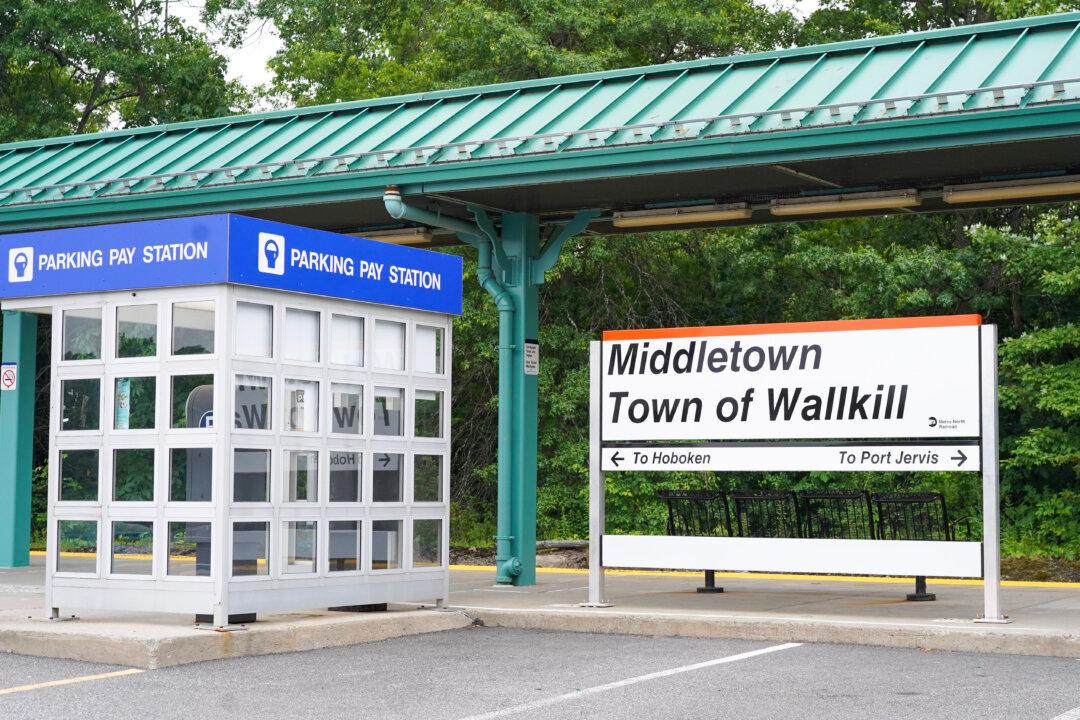The planned $100 million investment to boost train services on the Port Jervis Line is among the $16.5 billion in capital projects recently deferred by the Metropolitan Transportation Agency.
An MTA spokesperson confirmed the delay on July 17.

The planned $100 million investment to boost train services on the Port Jervis Line is among the $16.5 billion in capital projects recently deferred by the Metropolitan Transportation Agency.
An MTA spokesperson confirmed the delay on July 17.